Understanding dog behavior is essential for building a healthy and rewarding relationship with our canine companions. Unfortunately, many dog behaviors are misunderstood, leading to frustration for both the dog and its owner.
In this post, we will explore some of the most misunderstood dog behaviors, explained by experts, to foster a deeper understanding and a more harmonious relationship with our furry friends.
Aggression

Aggression in dogs is often viewed negatively and can cause significant anxiety for owners. However, aggression can stem from various sources such as fear, protection of territory, or even pain.
For example, breeds like the German Shepherd are often stigmatized as aggressive, but this behavior usually manifests their strong protective instinct and high intelligence. Proper training, socialization, and understanding of the specific triggers can transform an “aggressive” dog into a well-behaved and loyal companion.
Barking

Barking is a natural dog behavior often misunderstood as a mere noise nuisance. Breeds like the Beagle or Siberian Husky use barking to communicate various things, from alerting about a stranger’s approach to expressing excitement or need.
Misinterpretation of barking can lead to inappropriate responses from the owner. Understanding what a dog may be trying to communicate through their barks is crucial. Training to manage excessive barking should focus on positive reinforcement and addressing the underlying causes, whether they be anxiety, boredom, or excitement.
Chewing
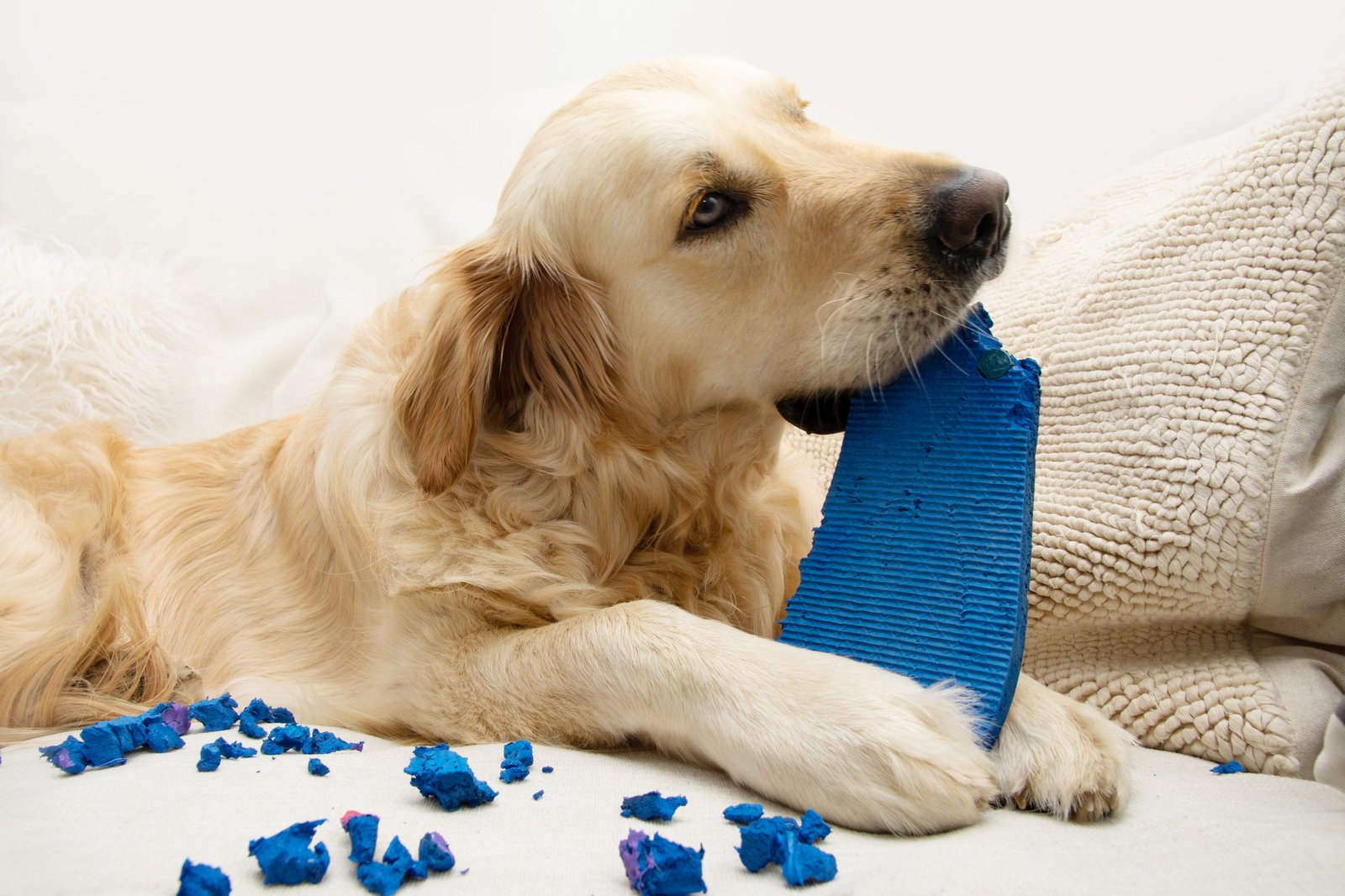
Chewing is an essential activity for dogs, important for their dental health, and as a natural stress reliever. However, when breeds like Labrador Retrievers chew destructively, it is often a sign of boredom or excess energy.
Rather than punishment, providing appropriate chew toys and engaging in regular exercise can redirect this behavior healthily. Understanding the motivational factors behind chewing can help owners provide suitable alternatives to prevent destructive chewing, ensuring the dog remains both happy and well-behaved.
Digging
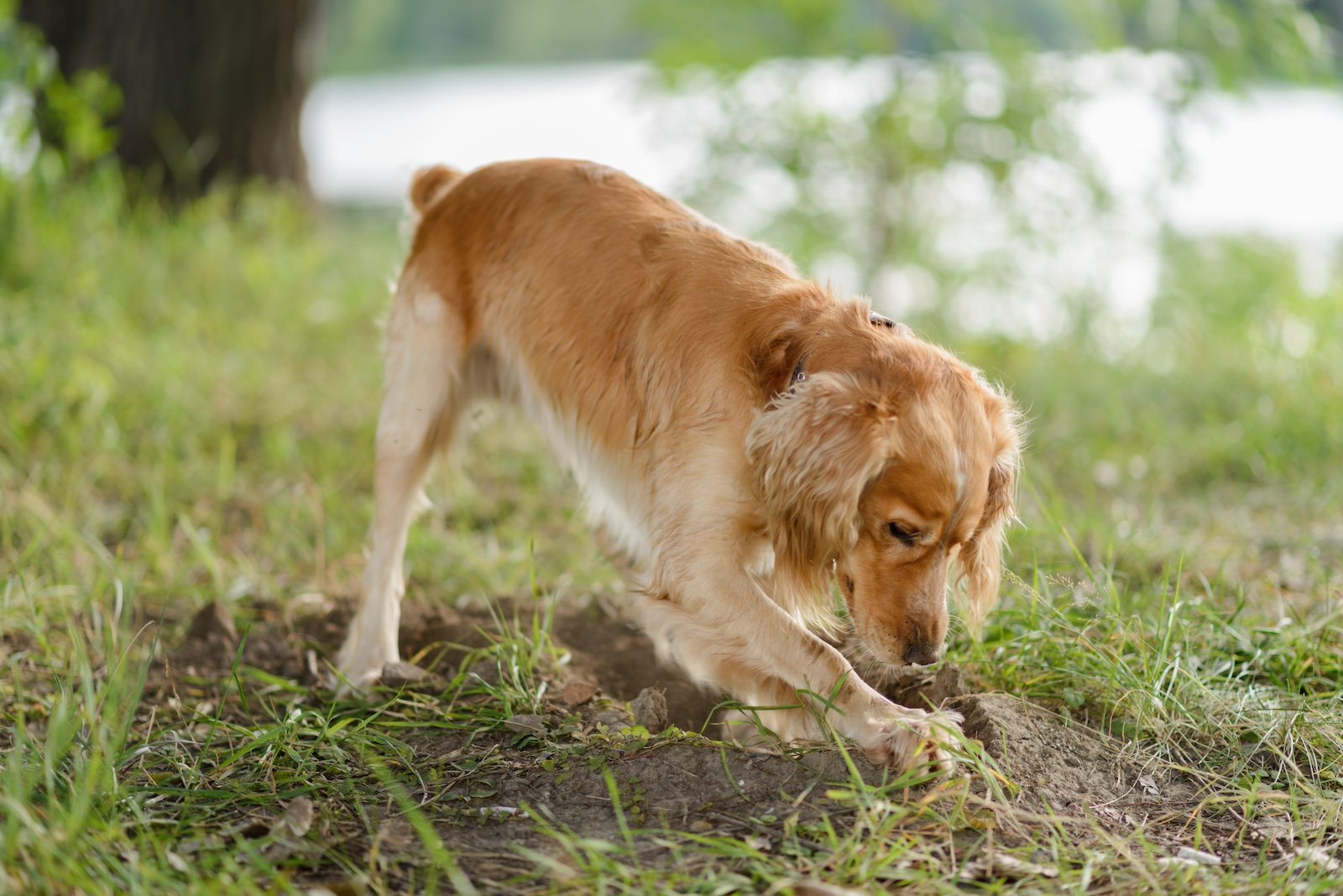
Digging can be an infuriating behavior for dog owners, especially when it turns gardens into cratered landscapes. Breeds like the Jack Russell Terrier, initially bred for hunting and burrowing, may exhibit this behavior more frequently.
Recognizing digging as a natural instinct rather than just mischievous behavior allows for more effective management strategies, such as providing a designated digging area or increasing physical and mental stimulation to curb unnecessary digging.
Jumping Up
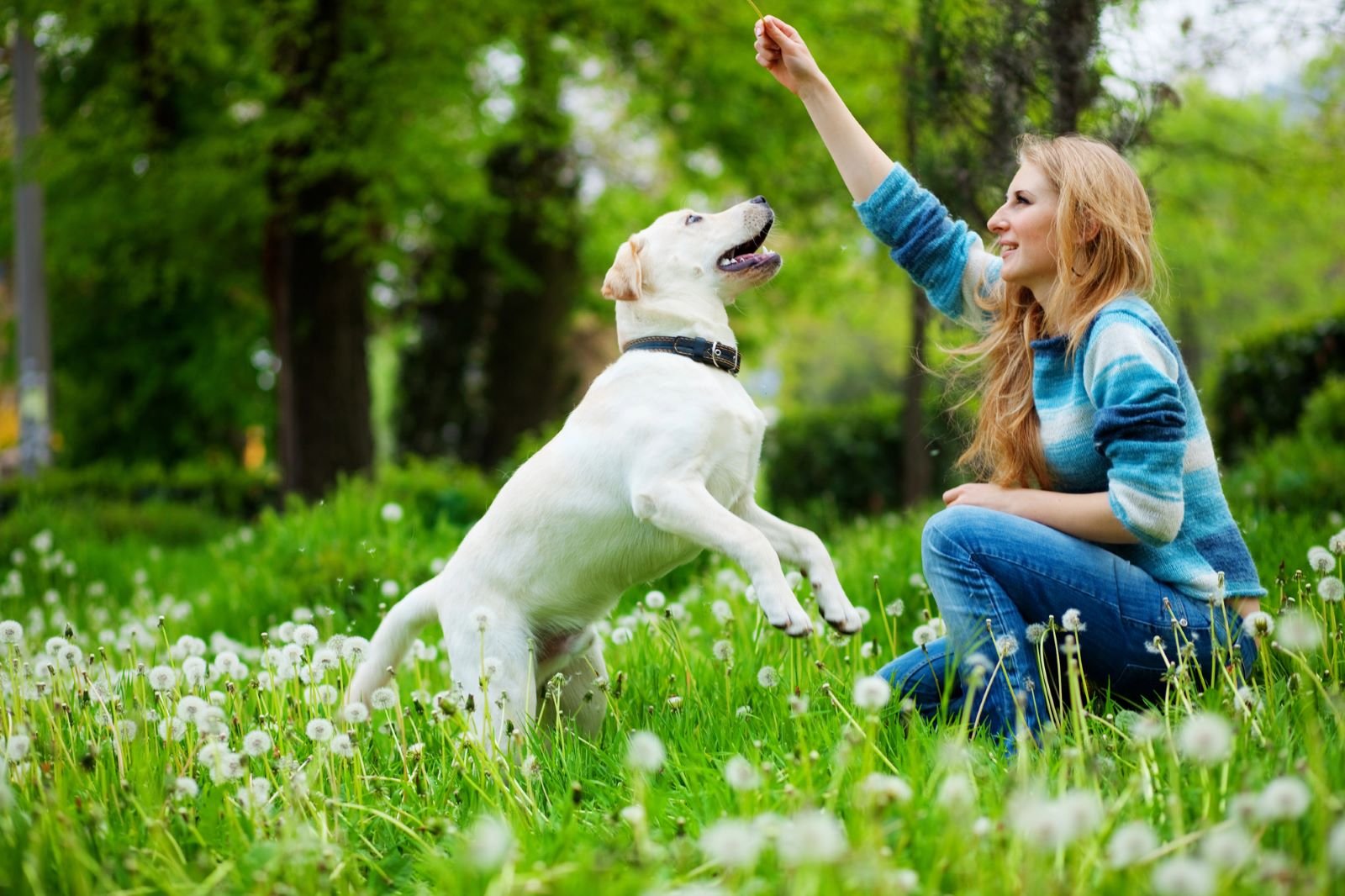
Jumping up is a typical behavior dogs use to greet people, driven by excitement and the desire to be close to faces. For breeds like Boxers, who are wildly exuberant and friendly, jumping can be overwhelming for owners.
Training to manage this behavior should focus on teaching alternative greeting behaviors and rewarding calm introductions. This prevents the behavior from becoming a nuisance and ensures that interactions remain positive and controlled.
Pulling on the Leash
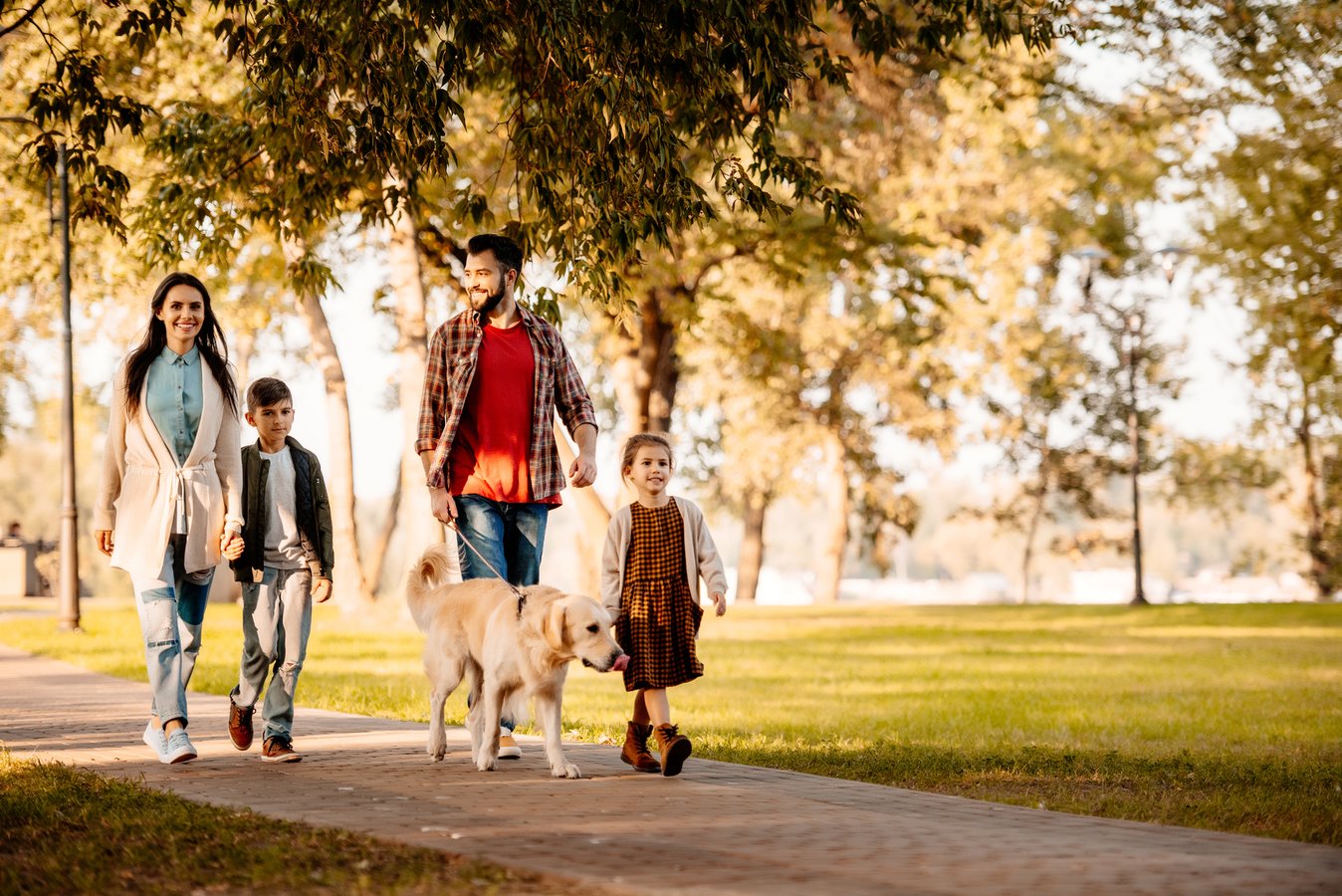
Pulling on the leash is a challenge commonly faced by dog owners, particularly with strong, energetic breeds like the Siberian Husky. This behavior often stems from a lack of training, high energy levels, or the excitement of exploration.
Proper leash training techniques, such as reward-based reinforcement and consistent practice, can teach dogs how to walk calmly and attentively alongside their owner, enhancing the walking experience for both.
Separation Anxiety

Separation anxiety is a complex behavior characterized by signs of distress when a dog is left alone. Breeds like the Border Collie, known for their intense loyalty and intelligence, are particularly susceptible to this condition. Misinterpretation of the behaviors resulting from separation anxiety, such as vocalization or destructiveness, can lead to punitive measures.
Understanding and addressing the emotional distress underlying these actions with patience, training, and sometimes the help of a professional can alleviate the symptoms of separation anxiety.
Growling

While growling can appear aggressive to people, it’s a dog’s way of expressing discomfort, fear, or stress. It’s often a warning signal, not always a sign of aggression. Understanding the context and triggers behind the growl is crucial. Appropriate training, early socialization, and understanding of triggers can transform these pups into great canine citizens.
Tail Wagging

Contrary to popular belief, tail wagging isn’t always a sign of friendliness. It depends on how the tail is moving. The wag’s speed, height, and stiffness can convey different emotions. A fast, high wag might indicate excitement or arousal, while a slow, low wag could signal insecurity or potential aggression.
Resource Guarding
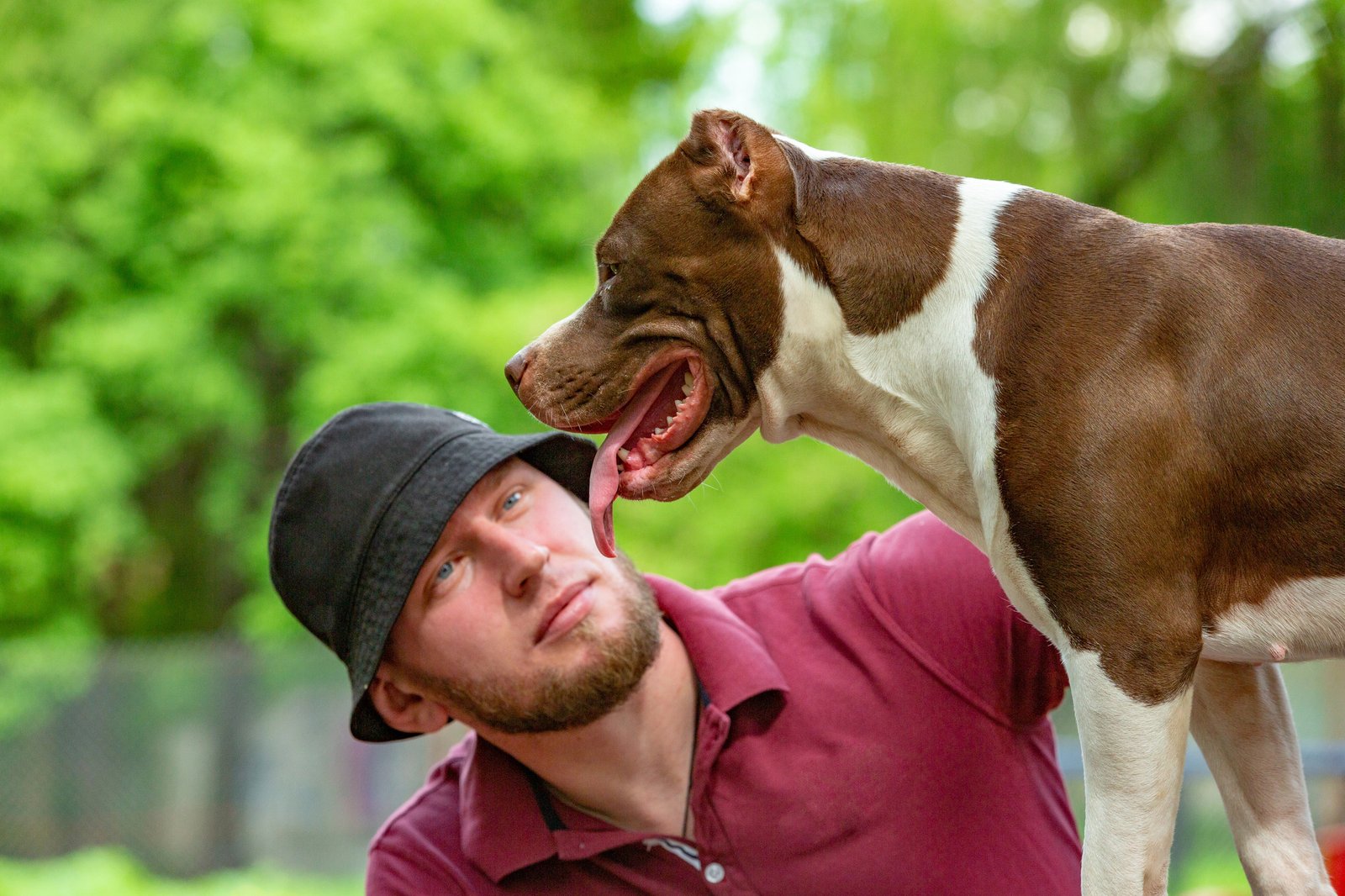
Dogs may guard their food, toys, or other items, which is mistaken for possessiveness or aggression. However, resource guarding is a natural behavior stemming from survival instincts. Proper training and management can help address this issue.
Submissive Urination

Some dogs urinate when excited or anxious, especially during greetings or when meeting new people or animals. This behavior is often misunderstood as a house-training issue or disobedience but is usually a submissive gesture. Managing this behavior involves greeting dogs calmly and avoiding direct eye contact.
Sniffing

Sniffing is a proper and natural dog greeting, even though it may seem odd to owners. Dogs’ sense of smell and scent memory is very powerful, so sniffing is their way of sizing each other up.
Burrowing

Dogs walk in circles and dig at their bedding to form a sleeping burrow. This instinct is genetic, with their ancestors digging and flattening out an indentation in the dirt to sleep inside to help them feel secure and stay warm in winter and cool in summer.
The Zoomies
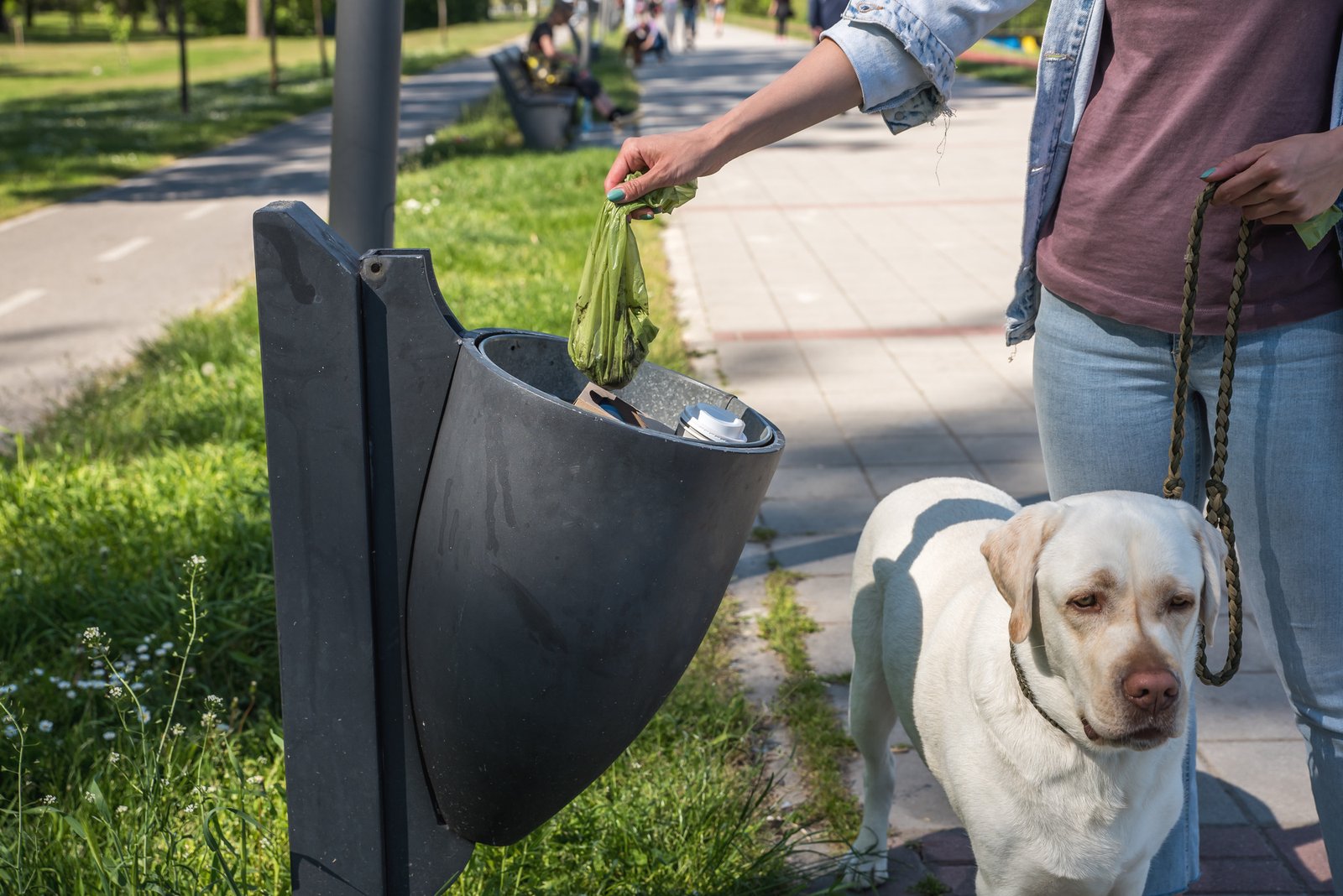
The zoomies are random bursts of intense activity when a dog has pent-up energy. These bursts can occur after a period of rest or confinement or after a stressful event. Understanding that zoomies are normal behavior for most dogs can help owners manage these bursts of energy better.
Eating Grass

Eating grass is a common behavior for dogs and is part of their diet as omnivores. Dogs use plant material for fiber, which aids in digestion and allows for regular, healthy stool. If a dog is eating grass excessively, it might be worth consulting a vet.
Eating Each Other’s Poop

Dogs may eat feces due to malnutrition, stress, separation anxiety, or boredom. This behavior, while gross, has various underlying causes that owners can address with proper nutrition and training.


